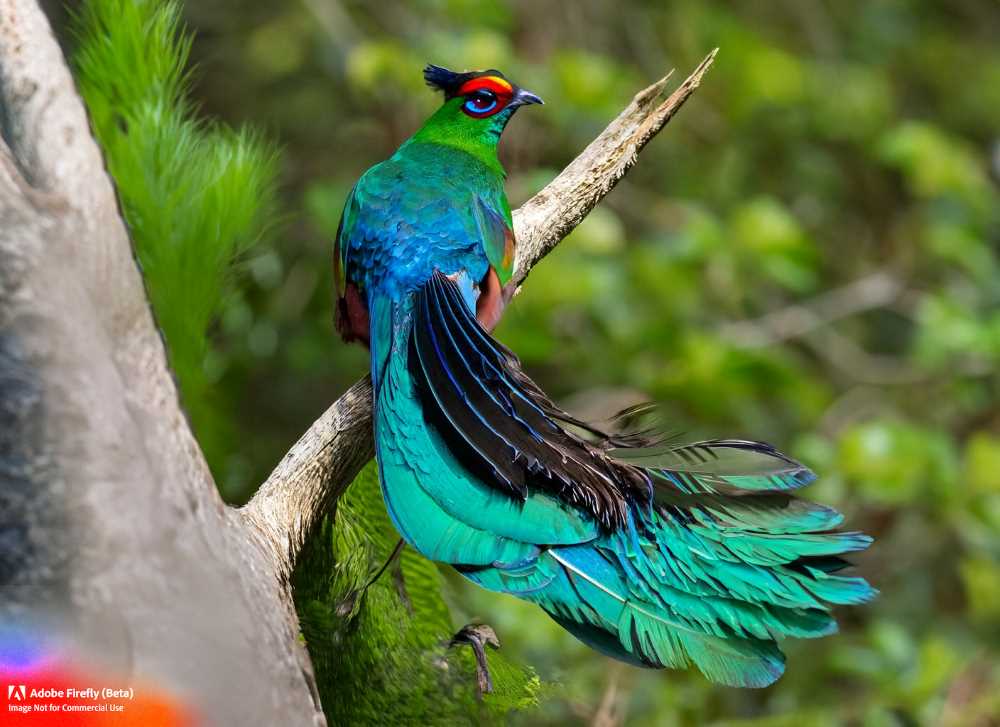The Acrobatic Courtship of the Resplendent Quetzal
Discover the resplendent quetzal, a colorful bird with a long, iridescent green-blue tail, a bright red breast, and a golden-green head. Learn about its habitat, behavior, and conservation efforts aimed at protecting this iconic bird in Central America.





